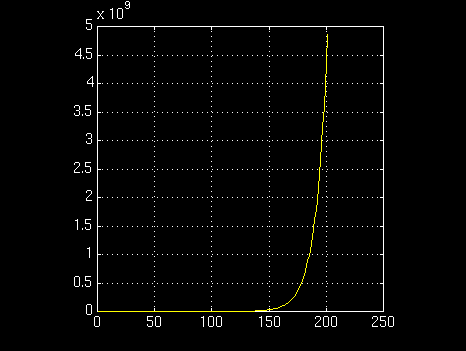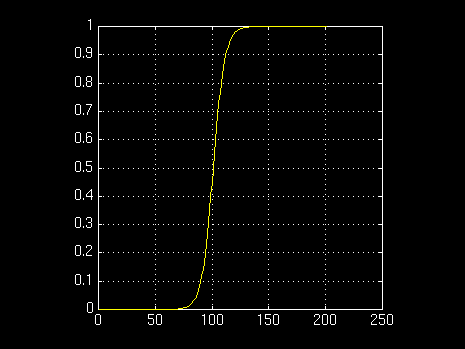


However, there are apparently limits to technology set by physical law. It is very probable that we cannot travel faster than light (at least locally, wormholes may circumvent this), and we have to obey the law of conservation of energy. Advanced civilizations may find ways around seemingly impossible obstracles, but there might still be limits (albeit large) to how advanced technology could become.
This would lead to a sigmoid growth of technology; at first the civilization spends many thousands of years laboring with stone age technology, then developes metals which speeds things up a bit, then develops industry and science which speeds up things even more, passes through a brief phase of intense development (the Singularity) and slowly settles down as it reaches the limits set by natural law (and maybe the capability to handle the immense complexity or the technology and knowledge). Note that this does not necessarily mean the civilization stops evolving, just that its technology cannot be developed further.
What factors will affect the shape of the sigmoid? One obvious factor is how much there is to learn, which tells how high it will be. It could be that we are very near a Theory of Everything or that we have not understood anything important yet. Another factor is how fast knowledge can increase; if new things are discovered fast enough, nobody, not even an expert in the area, can keep track of all information. This will slow down progress as people "reinvent the wheel" and spend more time trying to reach the cutting edge than actually working on the cutting edge. Another problem could be that new designs can be designed very quickly (using super-AI and virtual reality) but actually building them in the physical world takes a finite time, which leads to an widening gap between what is theoretically and practically possible.